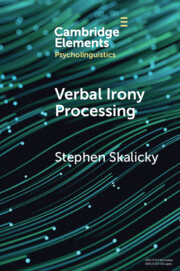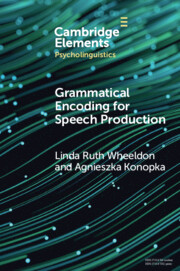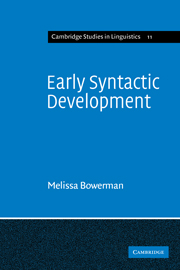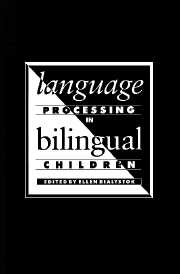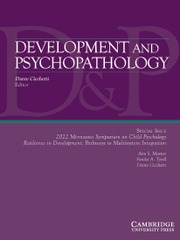Dynamic Approaches to Phonological Processing
£17.00
Part of Elements in Psycholinguistics
- Author: Hunter Hatfield, University of Otago, New Zealand
- Date Published: May 2023
- availability: Available
- format: Paperback
- isbn: 9781009258685
£
17.00
Paperback
Other available formats:
eBook
Looking for an inspection copy?
This title is not currently available on inspection
-
Natural language occurs in time. Events happen earlier, later, or simultaneously with other events; however, this temporal dimension is often downplayed or overlooked. This Element introduces readers with a background in structural linguistics to dynamic approaches to phonological processing. It covers models of serial order, speech production and speech perception, with special attention to how they can enhance one another. The work then asks whether dynamic approaches have the potential to change how we think of phonological structure. Key ideas discussed include phonemes and auditory targets, control mechanisms creating structure, and the shape of phonological representations in a dynamic context. The work should function as a bridge for those with linguistic questions who want to learn answers derived from the study of speech as a dynamic system.
Customer reviews
Not yet reviewed
Be the first to review
Review was not posted due to profanity
×Product details
- Date Published: May 2023
- format: Paperback
- isbn: 9781009258685
- length: 75 pages
- dimensions: 230 x 154 x 5 mm
- weight: 0.15kg
- availability: Available
Table of Contents
1. Introduction
2. Serial Order
3. Speech Production
4. Speech Perception
5. Dynamic Intention Selection and Coordination
6. Gathering Key Ideas
7. Approaching a Dynamic Model of Speech and Phonology
8. Conclusions
References.
Sorry, this resource is locked
Please register or sign in to request access. If you are having problems accessing these resources please email [email protected]
Register Sign in» Proceed
You are now leaving the Cambridge University Press website. Your eBook purchase and download will be completed by our partner www.ebooks.com. Please see the permission section of the www.ebooks.com catalogue page for details of the print & copy limits on our eBooks.
Continue ×Are you sure you want to delete your account?
This cannot be undone.
Thank you for your feedback which will help us improve our service.
If you requested a response, we will make sure to get back to you shortly.
×

